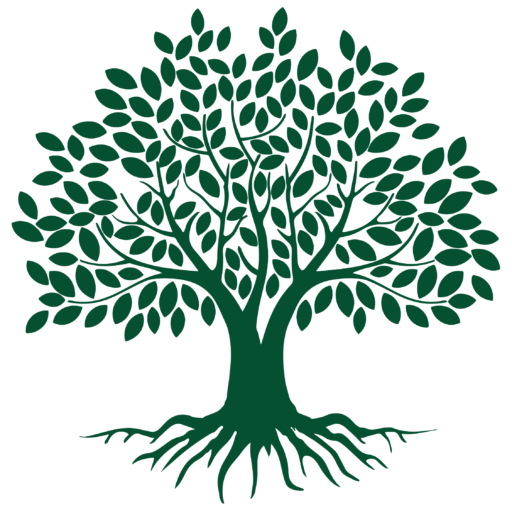The second shloka of Chapter 1 of the Bhagavad Gita is spoken by Sanjaya in response to King Dhritarashtra’s inquiry. This shloka describes the actions of Duryodhana, the eldest of the Kauravas, as he surveys the battlefield. Here is the shloka in Sanskrit, its transliteration, and a detailed explanation of its meanings and interpretations:
Sanskrit
सञ्जय उवाच | दृष्ट्वा तु पाण्डवानीकं व्यूढं दुर्योधनस्तदा | आचार्यमुपसङ्गम्य राजा वचनमब्रवीत् ||1.2||
Transliteration
sañjaya uvāca | dṛṣṭvā tu pāṇḍavānīkaṃ vyūḍhaṃ duryodhanas tadā | ācāryam upasaṅgamya rājā vacanam abravīt ||1.2||
Translation
Sanjaya said: O King, after looking over the army arranged in military formation by the sons of Pandu, King Duryodhana approached his teacher Drona and spoke the following words.
Detailed Explanation
- Context and Background:
- This shloka follows Dhritarashtra’s inquiry about the events on the battlefield. Sanjaya, who has the divine vision to see and narrate the events, begins to describe the scene at Kurukshetra.
- Sanskrit Breakdown:
- सञ्जय उवाच (sañjaya uvāca): “Sanjaya said.” This phrase indicates that Sanjaya is responding to Dhritarashtra’s question.
- दृष्ट्वा (dṛṣṭvā): “After seeing.” This verb sets the scene, describing Duryodhana’s reaction to the Pandava army.
- तु (tu): “But” or “indeed.” This particle is often used for emphasis or contrast.
- पाण्डवानीकम् (pāṇḍavānīkam): “The army of the Pandavas.” ‘Anīkam’ refers to the military force or formation.
- व्यूढम् (vyūḍham): “Arranged” or “arrayed in military formation.” This indicates that the Pandava army is strategically positioned for battle.
- दुर्योधनः तदा (duryodhanas tadā): “Duryodhana, at that time.” Identifies the subject and the specific moment of action.
- आचार्यम् उपसङ्गम्य (ācāryam upasaṅgamya): “Approaching his teacher.” ‘Ācārya’ refers to Drona, the teacher and military mentor of the Kauravas and Pandavas.
- राजा वचनम् अब्रवीत् (rājā vacanam abravīt): “The king spoke the following words.” ‘Rājā’ refers to Duryodhana, emphasizing his role as the leader.
- Symbolic Interpretations:
- Duryodhana’s Anxiety: The shloka reflects Duryodhana’s unease upon seeing the well-organized army of the Pandavas. This can be interpreted as a moment of strategic concern or even fear.
- Respect for Authority: Despite his arrogance, Duryodhana’s approach to his teacher Drona shows a hierarchical respect for his mentor, seeking guidance or reassurance.
- Strategic Awareness: This shloka highlights the importance of strategic assessment in warfare, as Duryodhana evaluates the opposition before taking action.
- Philosophical Insights:
- Human Emotions in Conflict: Duryodhana’s reaction illustrates the complex emotions leaders face in critical situations—confidence mixed with apprehension.
- Role of Mentors: The shloka underscores the significance of mentors or guides in times of crisis. Drona, as a symbol of knowledge and experience, represents the reliance on wisdom in decision-making.
- Practical Application:
- Leadership and Consultation: Effective leaders seek counsel from trusted advisors before making decisions, especially in high-stakes situations. This emphasizes the importance of collaboration and advice.
- Preparation and Strategy: The shloka reminds us of the necessity of preparation and strategic thinking in any competitive or confrontational scenario.
Conclusion
The second shloka of Chapter 1 of the Bhagavad Gita introduces Duryodhana’s reaction to the battlefield’s dynamics and his approach to his mentor, Drona. It sets the tone for the unfolding dialogue and highlights themes of leadership, strategy, and the human emotions involved in warfare. Duryodhana’s actions reflect his strategic concerns and respect for authority, setting the stage for the deeper philosophical discussions that follow.
